A brief history of the Samsung Galaxy smartphone
How did we get to the Galaxy S9?
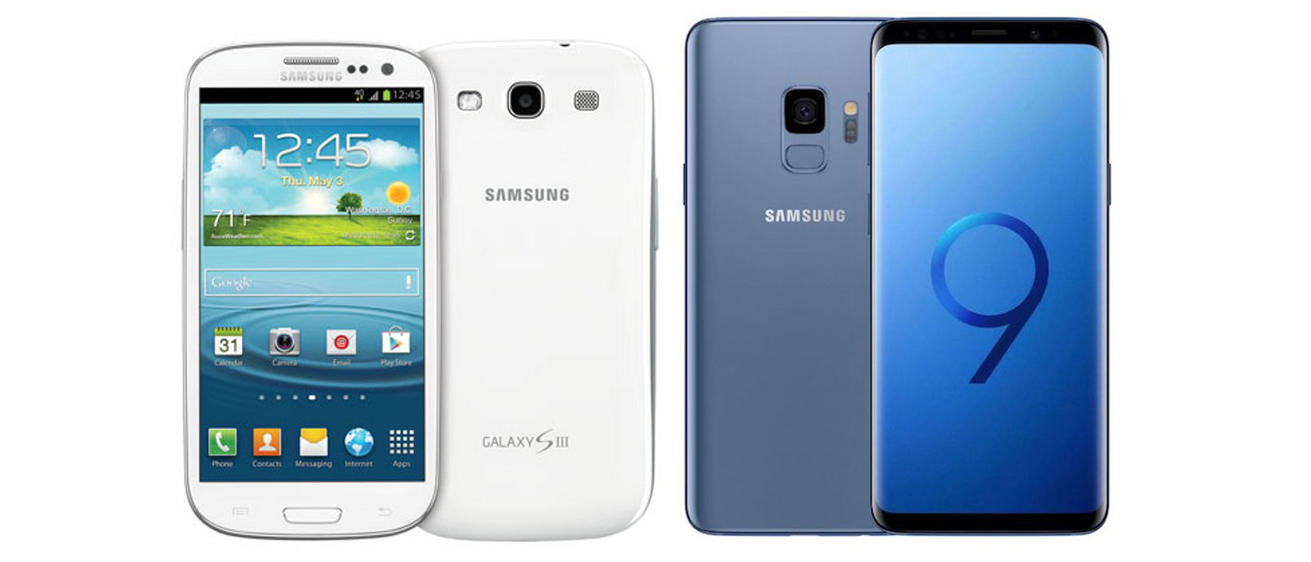

It's one of the most iconic handsets of the modern day, but how did we get here? The Samsung Galaxy series has a long and not always brilliant history, a history which began in 2010 with the original Galaxy S, and involves dozens of phones in the eight years since.
In this Samsung Galaxy smartphone history article we'll focus on the S series of phones, leaving the Galaxy Note series and the Galaxy A series for another time. Even so, there are plenty of handsets to cover, so let's dive right in and take a look at where the Samsung Galaxy story first began.
Samsung Galaxy S (2010)
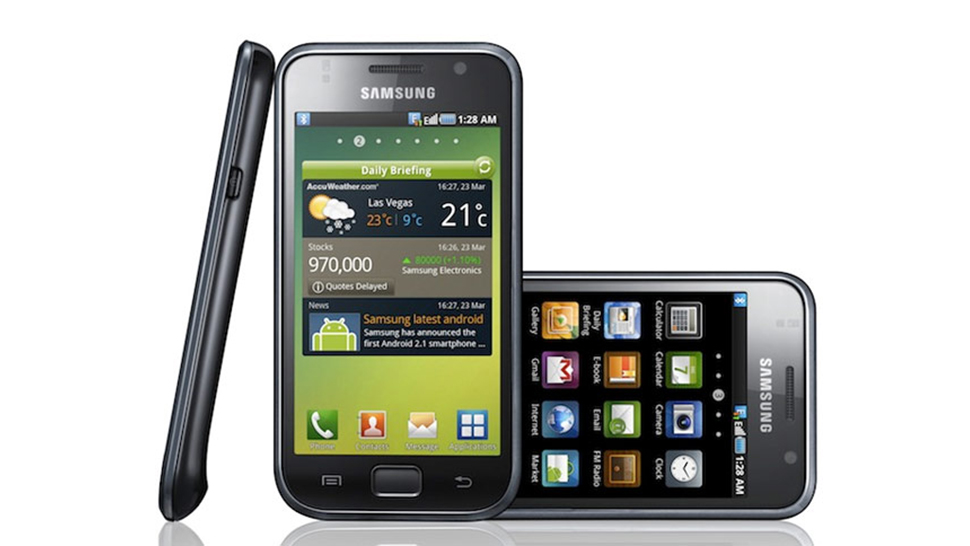
Samsung Galaxy S
The original Galaxy S was unveiled in March 2010: It wasn't Samsung's first phone, but it was Samsung's first solid, well-made smartphone, and the first that managed to sell in substantial volumes.
At launch it was taking on the likes of the iPhone 4 from Apple and the Google's Nexus One. It came with a 4-inch 480 x 800 pixel display, up to 4GB of storage, and a 5-megapixel camera – very decent specs for a smartphone launched eight years ago.
Samsung Galaxy S II (2011)

Samsung Galaxy S II
After several variations of the S, the successor proper arrived with the Galaxy S II in February 2011, launched at Mobile World Congress in Barcelona (just like the Samsung S9 was).
The display size was upped to 4.3 inches, the rear-facing camera was upgraded to an 8-megapixel model, and the software on board was Android 2.3 Gingerbread (anyone remember that?). It was also one of the first phones to come with NFC on board.
Samsung Galaxy S III (2012)
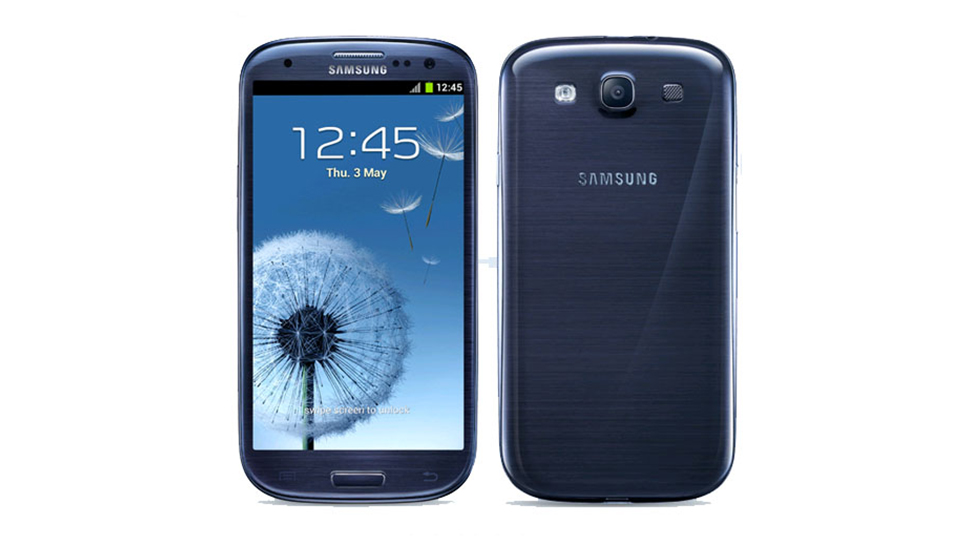
Samsung Galaxy S III
The Galaxy S III in 2012 showed Samsung getting increasingly confident with their smartphone making process: it featured a rudimentary intelligent personal assistant (S Voice) to take on the fledgling Siri, eye tracking tech, and up to 64GB of storage.
Get all the latest news, reviews, deals and buying guides on gorgeous tech, home and active products from the T3 experts
The screen size had grown to 4.8 inches, with an upgraded 720 x 1280 pixel resolution, and the camera got a boost to 8 megapixels too. Several variations followed, including the Galaxy S III Mini.
Samsung Galaxy S4 (2013)
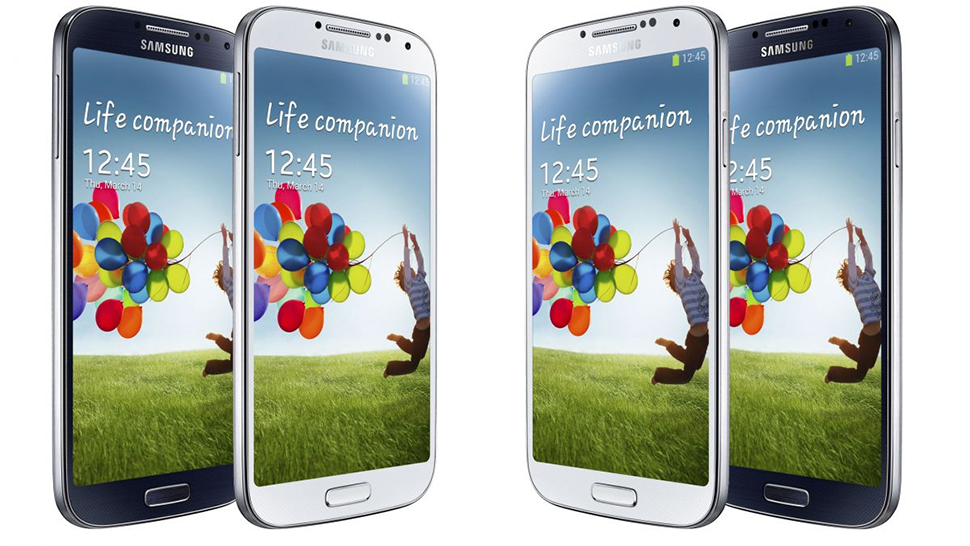
Samsung Galaxy S4
By 2013, Roman numerals were out and standard numerical digits were in. The S4 arrived with 5-inch, 1920 x 1080 pixel screen, a 13-megapixel camera, plus a whole host of software extras: Smart Pause, Smart Rotation, Smart Scroll, Air View, Air Gesture, and more.
Samsung was really adding everything it could think of on top of the Android OS at this stage, and not all of it was very useful. Still, extra points added for ambition at least.
Samsung Galaxy S5 (2014)
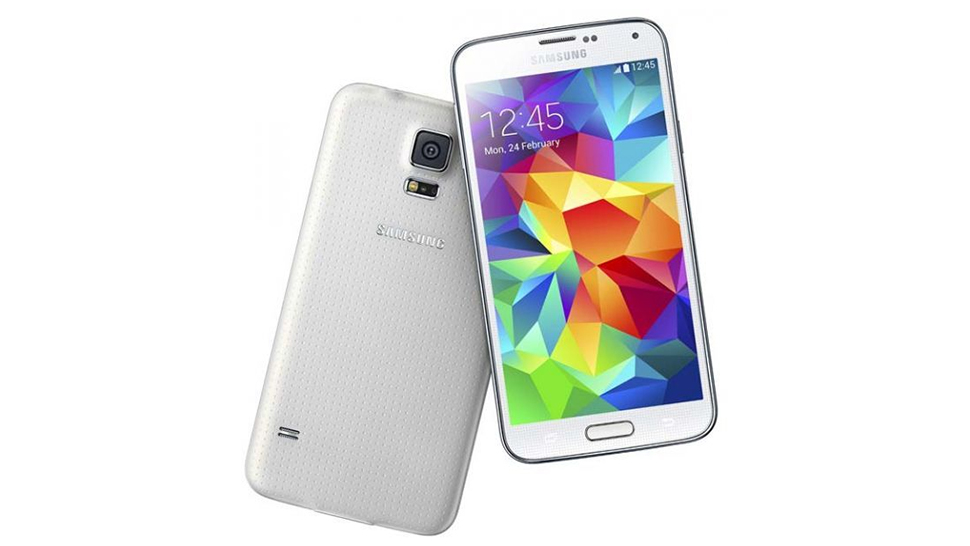
Samsung Galaxy S5
Launched a mere four years ago, the S5 was a more refined and subtle upgrade than the S4, and was also the first Galaxy phone to offer IP67 water and dust resistance, and the first with a fingerprint reader.
The screen size was upped to 5.1 inches (though the resolution stayed the same as its predecessor), there was a 16-megapixel camera around the back, and Android 5 Lollipop was the OS on the phone. It still had a removable battery too.
Samsung Galaxy S6 (2015)
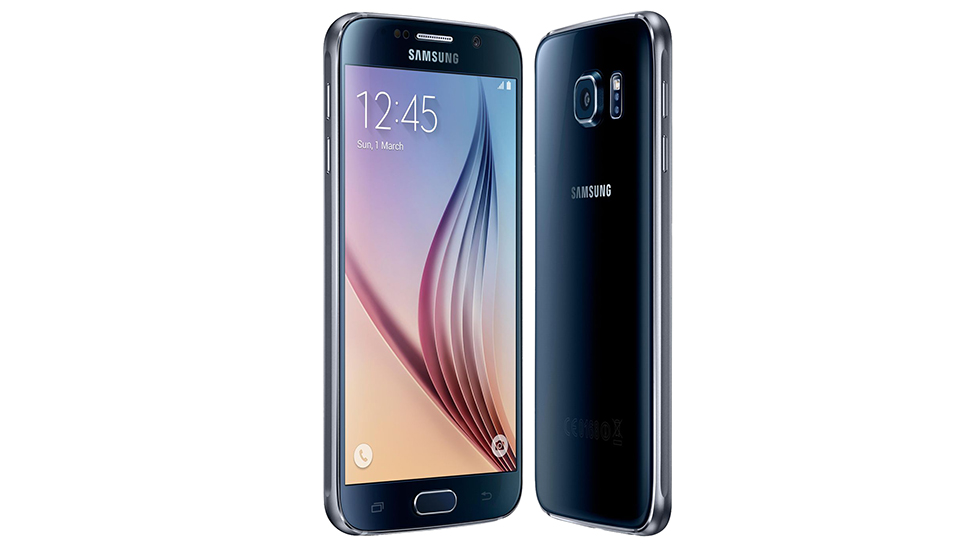
Samsung Galaxy S6
It's not too difficult to cast your mind back to 2015 and the Galaxy S6, the first to launch with an "Edge" model alongside it (following on from the introduction of the Galaxy Note Edge in 2014).
The main S6 and the S6 Edge phones came with a 5.1-inch, 2560 x 1440 screen and a 16MP camera, while the Edge Plus model upped that to 5.7 inches (a very big screen in the 2015 phone market). This remains one of the best Galaxy phones ever made.
Samsung Galaxy S7 (2016)
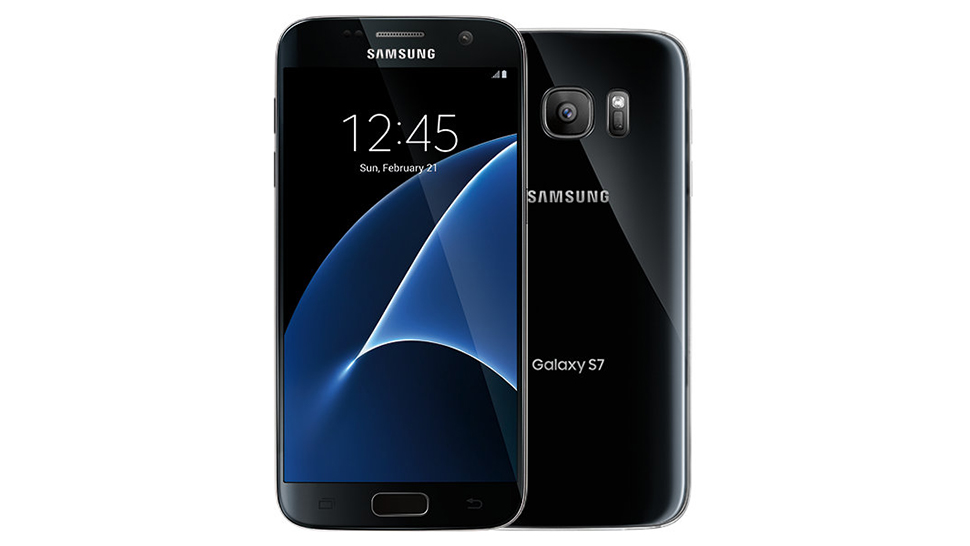
Samsung Galaxy S7
Just two years ago the 5.1-inch S7 and the 5.5-inch S7 Edge arrived, bring back some of the features dropped in the S6 – like expandable storage and water and dust proofing.
The 12MP cameras were the stars of the show on these phones, with excellent low light performance, and in making a phone ever better than the excellent S6, Samsung confirmed itself as a serious rival to Apple and the champion of Android phone makers.
Samsung Galaxy S8 (2017)
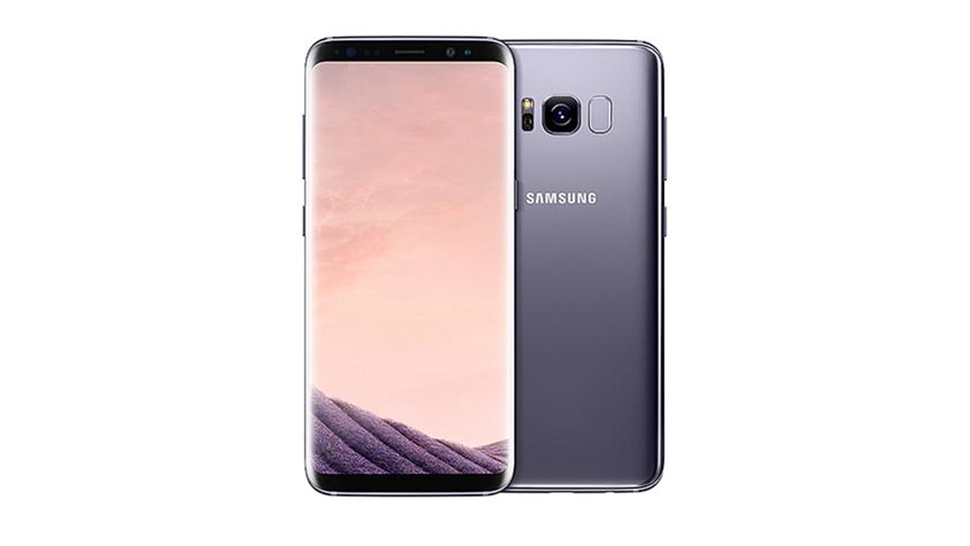
Samsung Galaxy S8
And we're almost right up to date with the Samsung Galaxy S8 and S8 Plus, which of course introduced the Infinity Display concept and banished the bezels of the Galaxy flagships to the history books.
Screen sizes were 5.8 inch and 6.2 inch respectively, though the 12MP camera didn't get much of an upgrade over the previous year. The fingerprint sensor could've been better positioned around the back, but you can't have everything.
Samsung Galaxy S9 (2018)

Samsung Galaxy S9
And we're now right up to date with the 5.8-inch Samsung Galaxy S9 and the larger 6.2-inch Galaxy S9 Plus. We've been treated to a few refinements from the S8 and S8 Plus, including an upgraded camera system, even smaller bezels, and... erm... animated emoji characters.
Despite a few missteps along the way, the Galaxy series is undoubtedly leading the Android pack, and Samsung shows no sign of letting up in its battle against Apple.
- These are the best Android phones you can buy right now
Dave has over 20 years' experience in the tech journalism industry, covering hardware and software across mobile, computing, smart home, home entertainment, wearables, gaming and the web – you can find his writing online, in print, and even in the occasional scientific paper, across major tech titles like T3, TechRadar, Gizmodo and Wired. Outside of work, he enjoys long walks in the countryside, skiing down mountains, watching football matches (as long as his team is winning) and keeping up with the latest movies.
